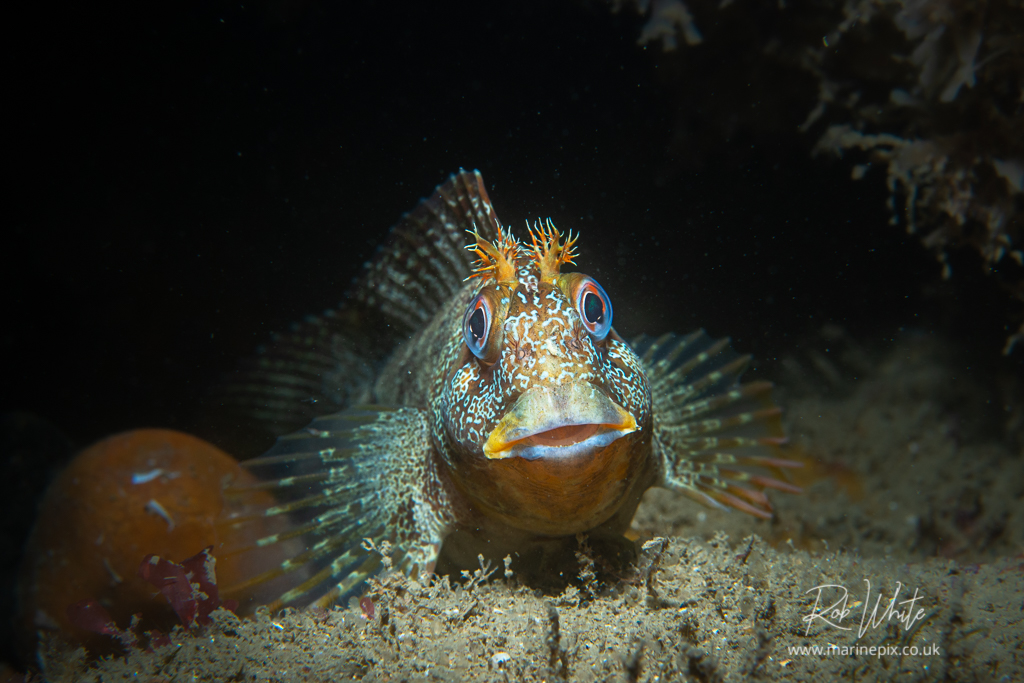
Underwater Swanage – A Photographer’s Playground
It’s a bit of a trek for us from Sussex to Swanage – 2.5 hours on a good day – but it’s a brilliant place to take underwater photos.
We set off early in order to be in with a chance of getting parked on the pier which is a far easier option than using the car-park which is up a bit of a hill. We arrived at around 7:30am and we were already 7th in the queue!
Chatting while we waited, we got the low-down on the best places to look for things once we were in the water. Underwater photographers do tend to be generous when it comes to sharing their knowledge and we got a list of locations to try out. Seeing wildlife which can move about and hide is never a guaranteed thing but spending time in the right place does increase the chances of seeing something.
Nudibranchs!
One of the first things we found were nudibranchs or, to be more accurate, we saw their eggs first… Small, spiral shapes full of eggs, attached to areas where the hatchlings might find a good source of food.
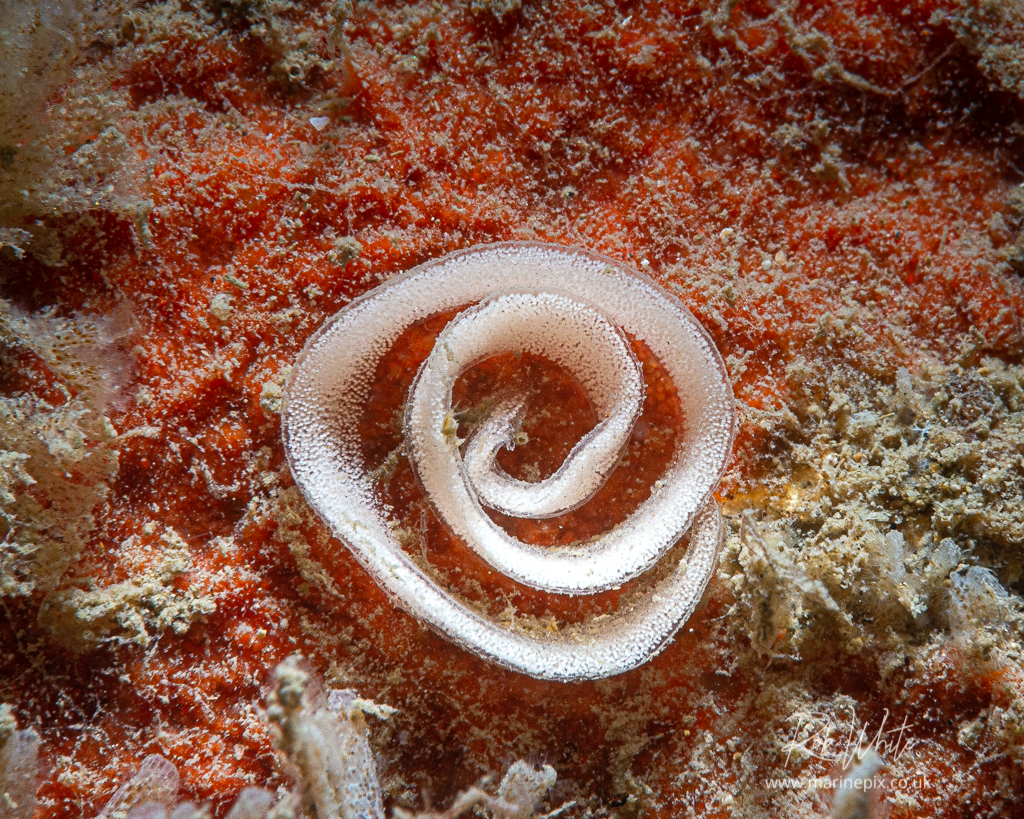
Most spirals expand outwards in an anticlockwise direction like these.
I was using a 60mm macro lens throughout both dives and I’ve really closed the aperture here to get as much texture as possible in the image. Realistically, I probably didn’t need to use f/32 but it worked. There were a few of these egg-ribbons around and I chose to photograph one with a colourful background. In fact, I may not have chosen to take a photo at all if I hadn’t seen this one on the red/orange.
A quick search and we started to find nudibranchs. It was Pash, my excellent dive buddy, who spotted the first one and pointed it out.

Much smaller than I’d expected and probably not the originator of the egg mass above, the nudibranch in the image is a Crimora Papilata. Despite four years of Latin at school, I don’t know species names off the top of my head and I used a “reverse image search” to help me identify the species. I explain how to do that in my post on finding an image on the internet
Most of the nudibranchs had their heads tucked out of the way like this one. Probably eating or sheltering. If there had been very few subjects around and my buddy had been in agreement, we may have stayed and waited for it to move into a more photogenic position but there is plenty to see under the Pier!
Charismatic Critters
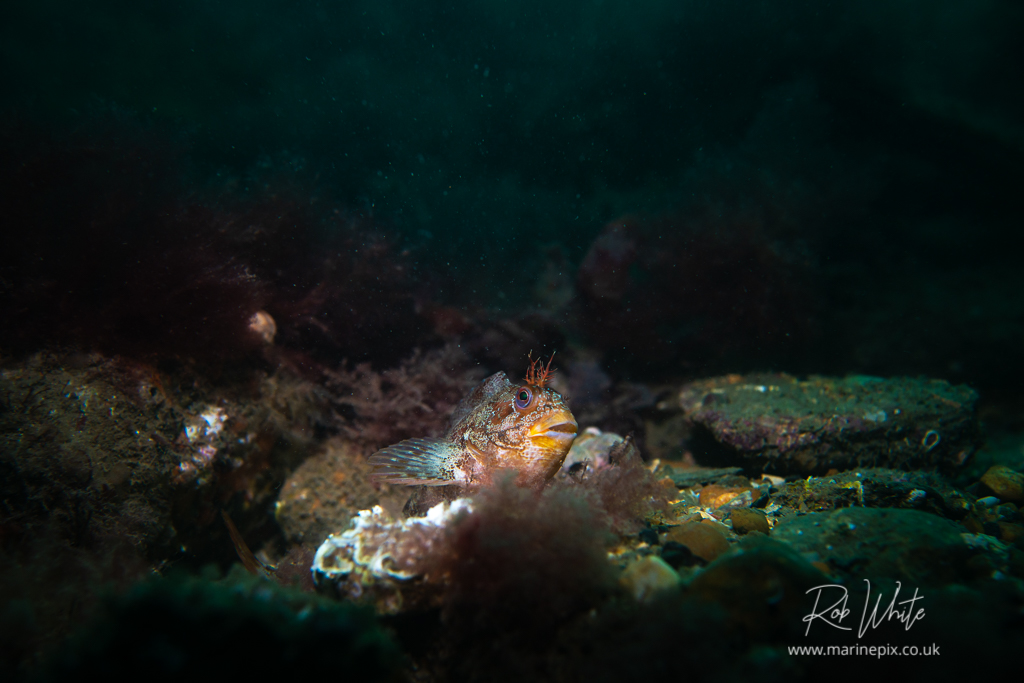
F/6.3, 1/320 sec, ISO 200
I was rather hoping to see a tompot blenny. They’re rather cute in appearance but they’re often rather obliging if you’re wanting to take a photo. I’ve taken this image at a bit of a distance since I wanted to include the surroundings too – a little indication as to where the Tompot lived. I used a simple snoot (a light restricting device) to light just the area in front of the camera although I could have achieved a similar effect when post-processing the image.
Eye Contact
Tompots are curious creatures who can often be enticed out of a hiding place with a subtle finger wiggle. This also helps to get their full attention and being ready on the shutter release can result when both eyes are pointing at the camera can create an appealing portrait of an endearing subject.
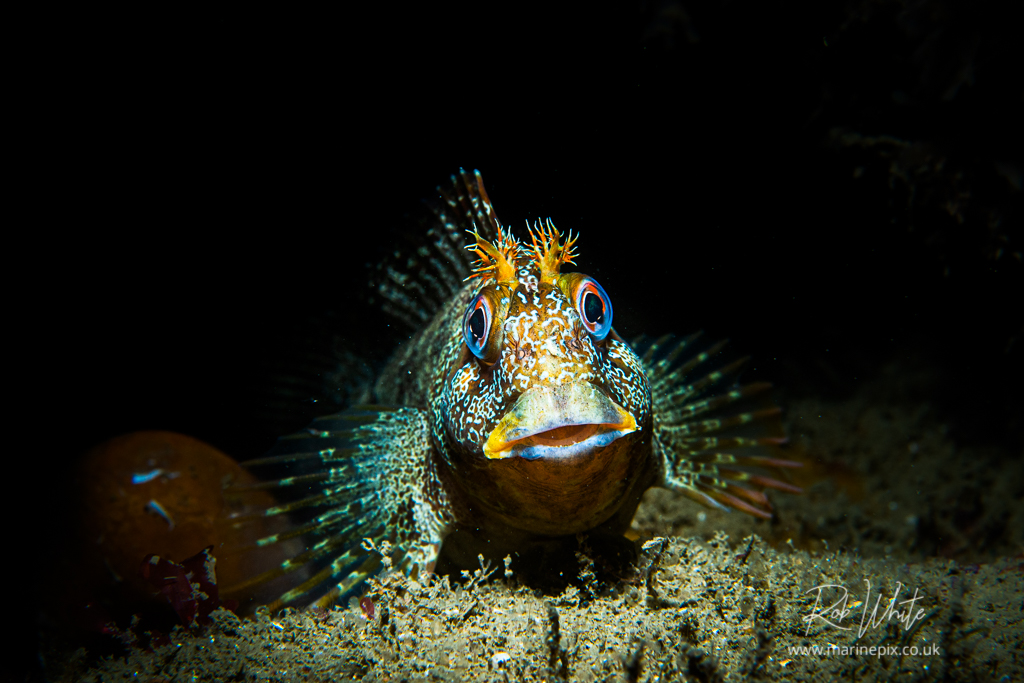
f/13, 1/320 sec, ISO 200
After 100 minutes underwater my fingers were starting to go numb, despite having decent Merino gloves. We got out, had a cup of tea and started the thawing process. Our second dive was about an hour later. We made a beeline for the wall which we’d been told was home to Shannies and shrimp.
A Little Background goes a Long Way
More by luck than judgement, I found a shrimp shuffling it’s way along one of the supporting walls of the pier. I followed it through the camera’s viewfinder and took several photos, each time adjusting my lighting position and camera settings. There was another diver in the water nearby. They were kicking up the bottom and causing a silt storm to drift our way. My guess was they were learning to dive, which we all have to do so rather than get wound up, I figured it best we move off to a different location. Around the other side of the pier there were more shrimp and the rock wall had some blue-grey areas which made a pleasing background.
I chose a mid sized aperture in order to achieve sharpness throughout the image while giving a thought to the optimum value for the lens.
My main light was positioned directly above the camera. A second, less powerful light coming from the side which I was using to emphasize the texture in the wall. I waited for some minutes for a shrimp to position itself nicely and I took several shots, just to ensure I’d got the eyes of the shrimp in focus.

f/10, 1/320 sec, ISO 200
I’ve increased the colour saturation in the image just to emphasize the contrasting colours and I’ve also brightened the bottom of the image in Lightroom to compensate for the original light source being at the top of the picture. I’ve also cropped to a portrait format with a tiny bit of rotation to give symmetry to the shrimp.
The remainder of our dive was a fun exploration. You can never be quite sure what you’ll find and we encountered a pollack with a parasitic isopod attached as well as several Shanny or “common blenny” (Lipophrys pholis) hiding in and around small holes in the pier support walls.
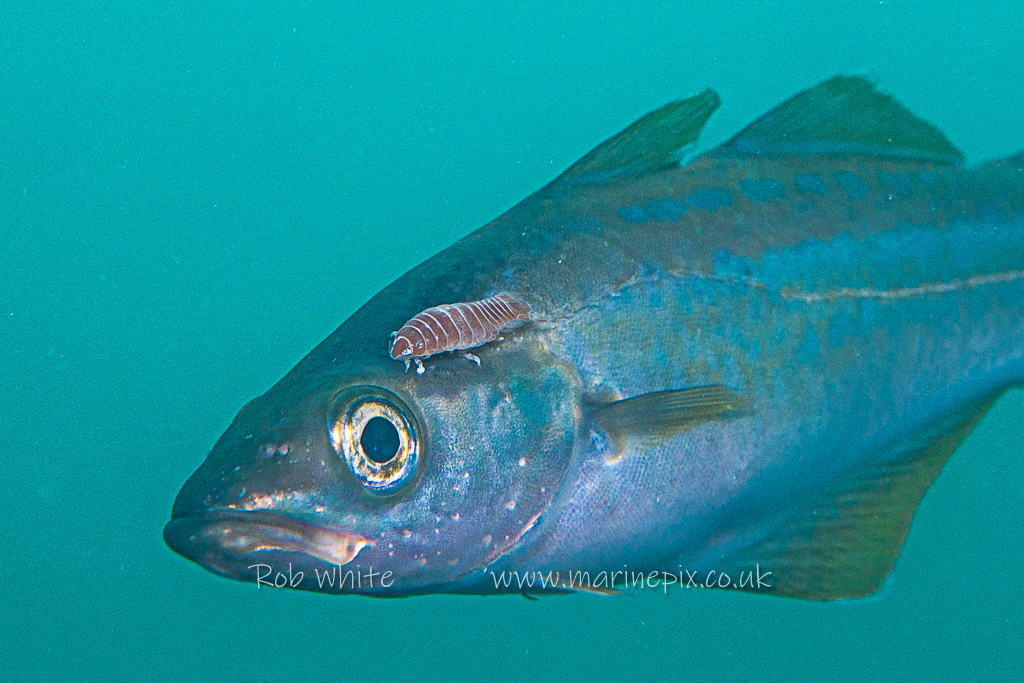
f/4.5, 1/320 sec, ISO 200
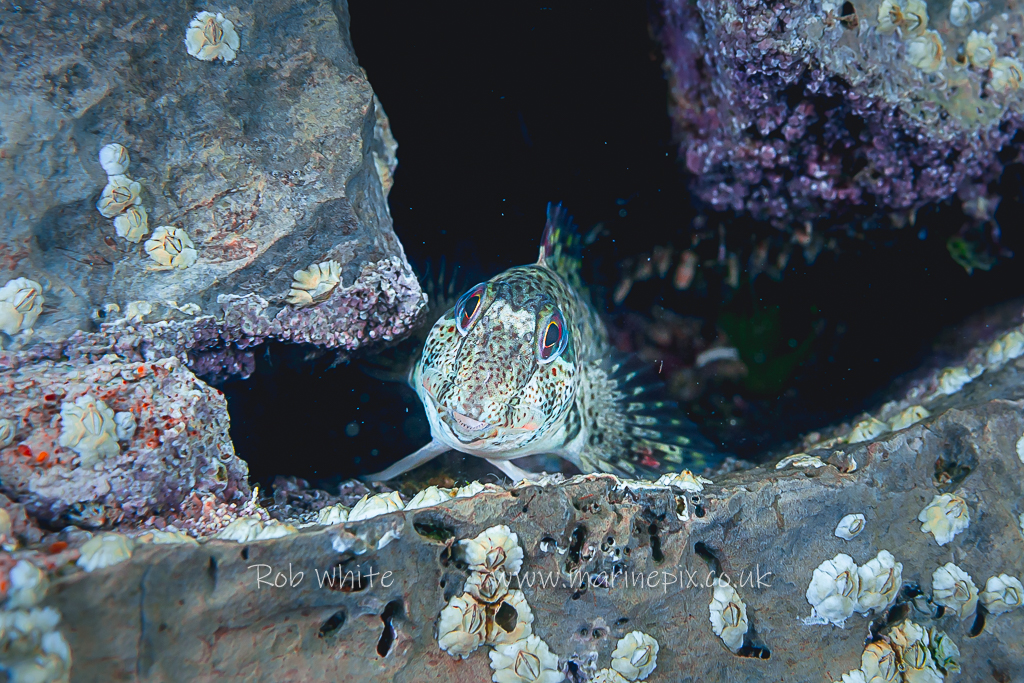
f/14, 1/320 sec, ISO 200
2 Comments
Comments are closed.

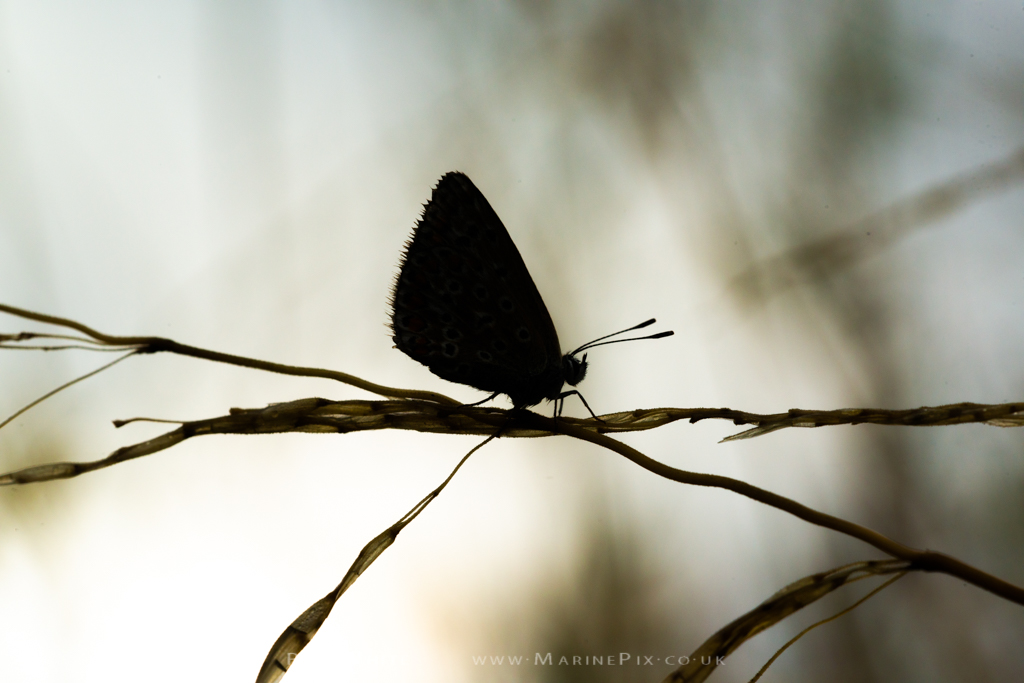
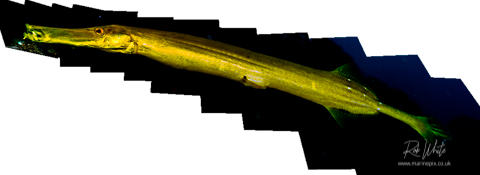
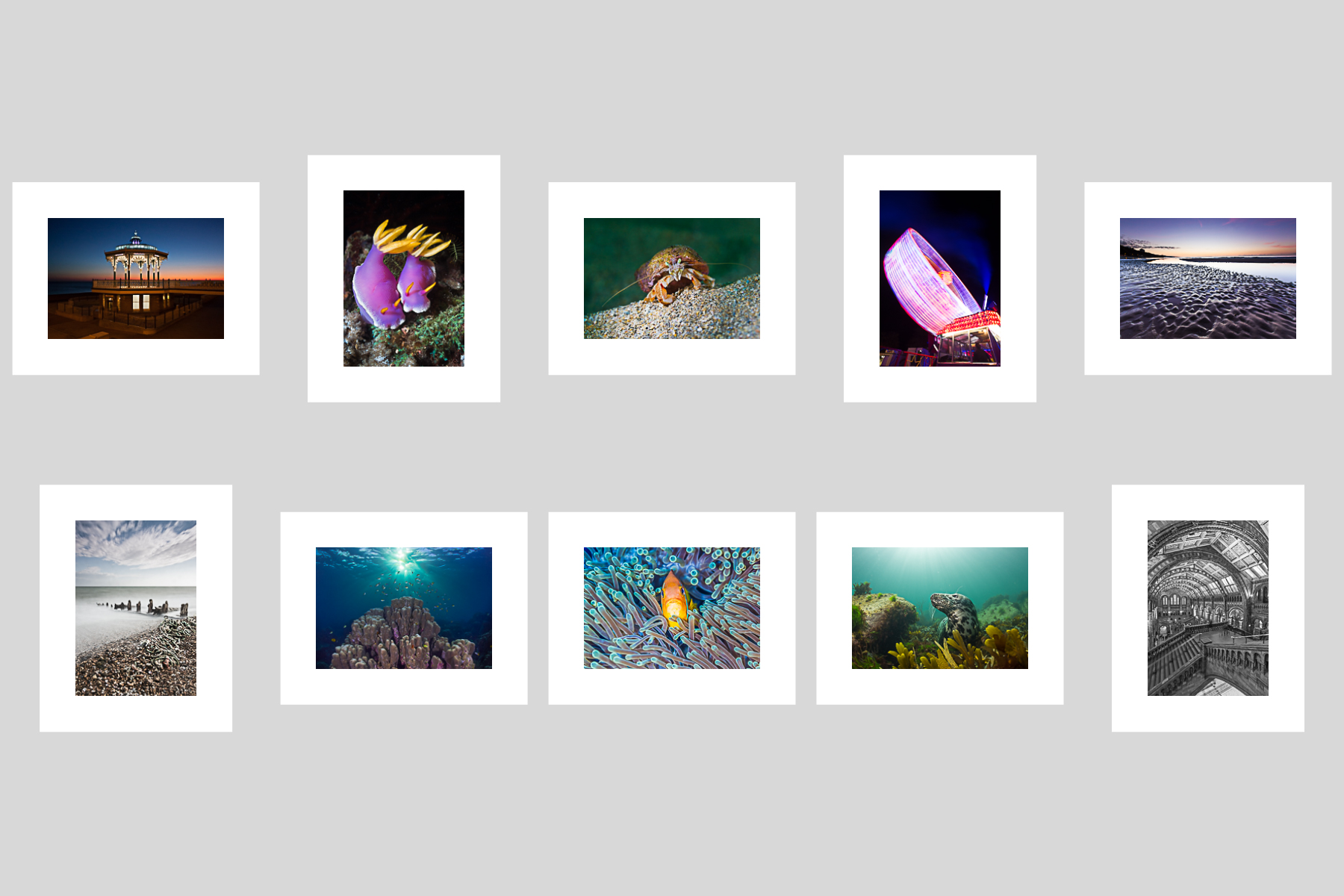


Great photos- so much to see under Swanage Pier I learnt to dive under the old pier quite a few years ago!
Great photos! I used to teach university students to dive under Swanage pier between 2001-2009 so lots of happy memories there. Hopefully one day I’ll go back and have an attempt at getting some nice pictures too; if they’re half as good as yours I’d be delighted.